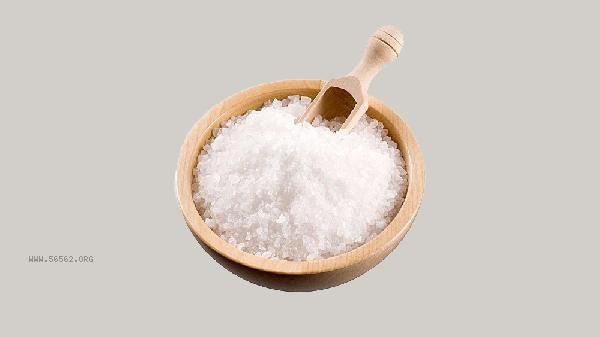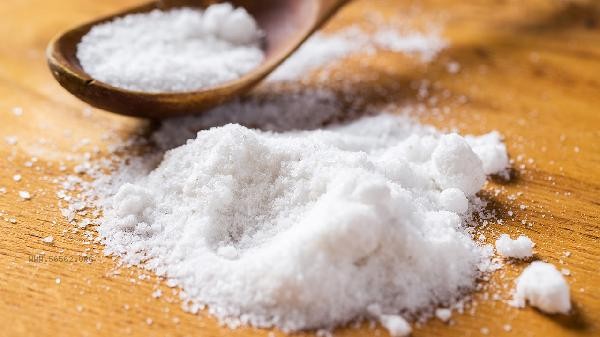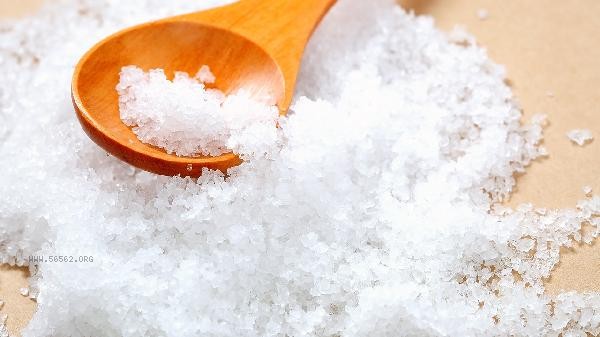Adding too much salt during dough mixing may cause the dough to become too salty, ferment abnormally, or have a worse taste. Excessive salt content can inhibit yeast activity, affect the fluffiness of noodles, and may also increase sodium intake. Excessive salt content during dough mixing can directly affect the fermentation process of the dough. Salt has an osmotic effect, and high concentrations of salt can dehydrate yeast cells, reducing their activity. When the salt content in the dough exceeds 2% of the weight of the flour, the growth rate of yeast slows down significantly, resulting in insufficient expansion of the dough. When making Mantou or bread, the volume may be small and the texture may be rough. Salt can also strengthen the gluten structure, making the dough too elastic and reducing its extensibility, making it prone to shrinkage during rolling. Excessive salt intake can alter the final flavor and texture of pasta. The finished product may have a noticeable salty taste, masking the sweetness of the flour itself. Excessive salt content can cause gluten to shrink excessively, and cooked noodles or dumpling skins may become hard and brittle. Long term consumption of high salt noodles may increase daily sodium intake, posing health risks to individuals with hypertension. If you find that the dough is too salty, you can adjust the ratio of flour and water appropriately, or pair it with low salt ingredients to balance the taste.

It is recommended to control the amount of salt added in daily noodles, usually accounting for about 1% of the weight of the flour. During the production process, salt can be dissolved in water first and then mixed with flour to ensure even distribution. If you accidentally add too much salt, you can increase the amount of dough to dilute the salt, or make noodles that need to be dipped in sauce to neutralize the salty taste. Pay attention to the state of the dough, and extend the awakening time appropriately when fermentation is abnormal, while maintaining a suitable temperature and humidity environment.










Comments (0)
Leave a Comment
No comments yet
Be the first to share your thoughts!